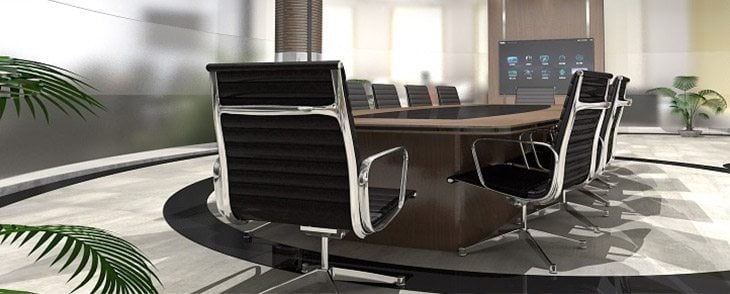Packaging and branding have gone hand in hand for years, traditionally purely for aesthetics and protective reasons. Today more than ever, industries have begun changing the way their products are packaged in order to coincide with the nation’s changing attitudes toward the environment. It’s no secret that there has been pressure on packaging manufacturers to reduce their huge input to the waste produced by the UK each year. Did you know that the UK produces over 10 million tons of packaging waste each year?
The EU have put strict targets in place in order to reduce this huge number, with plans to have 75 percent of all packaging waste recycled as standard by 2030. Of course, with 14 years still left to meet these targets, the packaging industry is required to come up with innovative solutions to help with these goals.
Could packaging really dissolve?
One of the most common wishes for those working in the packaging innovation industry in the last 10 years was to find the solution for dissolvable packaging. Only a short few years ago, we would have seen this idea as laughable, but now the only ones laughing are innovative company Cyberpac who have attained this amazing achievement! Their pioneering product, Harmless-Dissolve, does just that. Not only does it leave absolutely no harmful residue when dissolved, it can also be added easily to the compost heap and it is an amazing three times stronger than traditional polythene.
Of course, a major concern of innovate design is if it still achieves a pleasing aesthetic. Cyberpac’s packaging design can be printed on in full color, meaning any brand can stamp its unique style on it. Launched in 2014, future-forward brands such as Liz Earle and Nokia have been early advocates of this fascinating material.
Also on StartupNation.com: Developing a Logo for Your Brand
Packaging from the ground up
Polystyrene has been the enemy of Mother Nature since its invention in 1839 and today is seen typically in our to-go coffee cups, takeaway containers and the packaging balls that protect our goods that arrive in the post. Often known as “Styrofoam,” this material does not biodegrade at all, creating dangerous choking hazards for wildlife and leaking toxic poison into the earth. Not only does it not break down, but the process of making Styrofoam creates a huge amount of pollution due to the use of petroleum. Luckily for our wildlife and the ever-suffering environment, polystyrene has been banned in several states in the U.S. and alternatives are now being used in place of this toxic plastic.
Plant Starch Materials are being adopted throughout the world rather than its destructive predecessor. PSM are 100 percent biodegradable and are commonly grown from corn and potatoes. Much like polystyrene, plant starch material is water and heat resistant so it can be used as a replacement for our typical food packaging. As they are so lightweight, it makes them the perfect solution when packaging goods to travel in transit, as it reduces the carbon emissions of the carrier. Not only are these impacting positively on the environment, but these packing materials can be bought in bulk at a low cost, making them easy for smaller businesses to adopt.
Another material growing straight out of the ground is “mushroom packaging.” EcoActive is able to grow rather than manufacture a brand new packaging material that has been adopted by tech giants like Dell. The mushroom’s thread-like roots are able to turn waste agricultural material into a product that has similar products to Styrofoam.
Companies should take a leaf out of these eco-friendly brands’ books, as a recent study has highlighted that 52 percent of consumers say their decision to buy is influenced by to the social responsibility of a company.
Deep sea solutions
If the UK has any chance of reaching the EU goals by 2030, our addiction to non-recyclable materials must come to an end. The lifetime of plastic is between 500 and 1,000 years, all the while creating hazards to the natural environment. Designers the world over have been working tirelessly to come up with a solution, and it’s finally been found in our oceans. Utilizing the algae that we recognize as red seaweed, designers have been able to create materials that decomposes completely in the environment. Much like plant-based materials, agar-based packaging leaves no toxicity. Although not available in the mass market yet, in the future agar is looking to replace our much loved plastic bags. (Source: WDKA)
Of course, all of these products are still in their early stages, but this trend doesn’t look to be slowing down. Technology grows each year, bringing the ease of production and costs down. Not only is the planet sustained, but as is the reputation of the brands who opt to invest in these materials.






